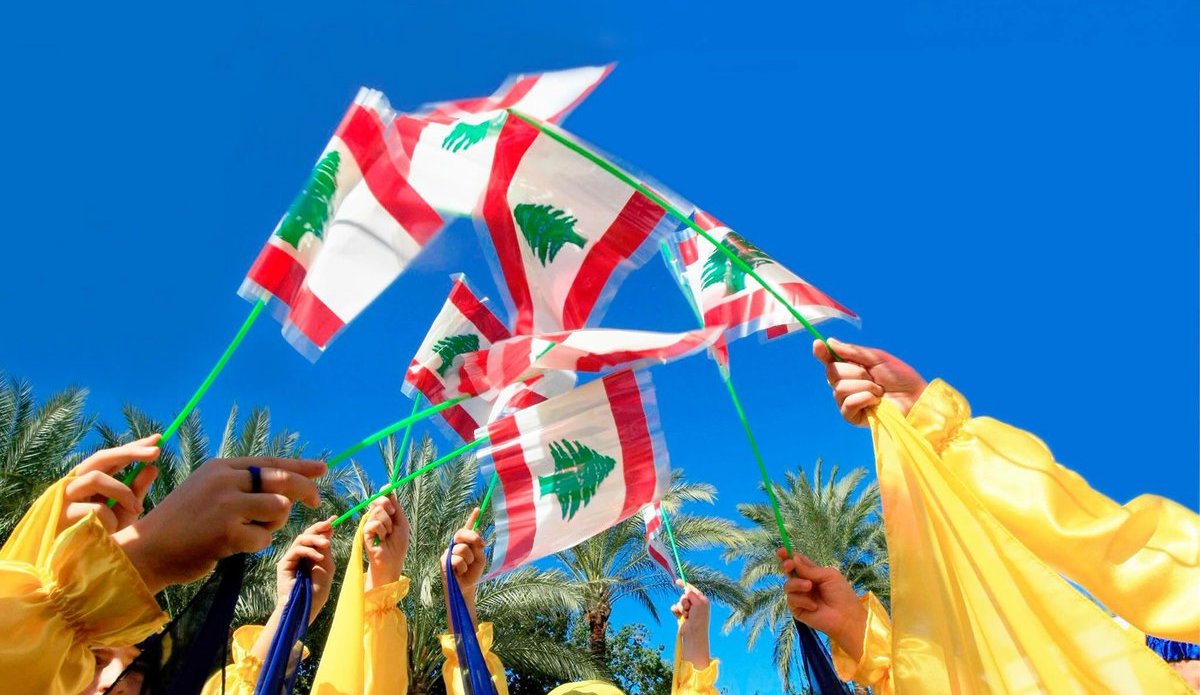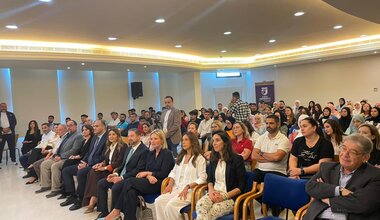Funding to Lebanon response reaches USD 1.9 Billion in 2016
International funding for Lebanon in 2016 amounted to USD 1.9 billion, as shown by the funding update released by the Office of the United Nations Resident and Humanitarian Coordinator for Lebanon.
This amount includes a total of USD 1.57 billion disbursed by donors in 2016 and USD 344 million carried over from 2015 by UN Agencies, the World Bank and NGOs.
The consolidated data shows a continued high-level of donor support to Lebanon in 2016 in response to the impact of the Syrian crisis. Moreover, donors have also reported an additional amount of over USD 1.3 billion committed for 2017 and beyond for Lebanon.
Regarding available resource in support of the Lebanon Crisis Response Plan, UN agencies and NGOs reported a total of USD 1.13 billion received under the Lebanon Crisis Response Plan (LCRP) framework in 2016. This represents 53% of the overall 2016 appeal, taking into consideration the carry-over of USD 186 million related to the LCRP.
Commending the strong solidarity for Lebanon, UN Resident and Humanitarian Coordinator Philippe Lazzarini stressed that the generous support has not been enough to turn the tide of refugees’ deepening poverty and vulnerabilities affecting both Lebanese host communities and refugees. The 2016 Vulnerability Assessment of Syrian Refugees shows that families are surviving on the bare minimum, having long exhausted their limited resources. The assessment showed that 70.5 per cent of Syrian refugees in Lebanon live below the poverty line with $3.8 a day. Some 30 per cent of the Lebanese population also live below the poverty line and 10 per cent live in extreme poverty. “Needs are outpacing donor funding. And with competing humanitarian crises globally and limited resources, we might face a situation where humanitarian support has reached its ceiling. The more protracted the crisis in Lebanon becomes, the more innovative and efficient have to be in order to genuinely make a difference”, Mr. Lazzarini said.
Mr. Lazzarini also encouraged international partners to focus beyond the short-term emergency response in the country: “We need to get better at combining life-saving assistance and longer-term responses that address the country’s security and socio-economic challenges. We have to support Lebanon in reversing its economic decline by investing in key productive sectors, modernizing the country’s infrastructure, and encouraging key structural reforms. This would benefit both the Syrian refugees and the Lebanese, would allow the country to better deal with the impact of the crisis and would make it an anchor for stability and driver for reconstruction in the region.”
BACKGROUND NOTES:
- The Lebanon Crisis Response Plan (LCRP) 2017-20 was launched in January 2017. With a US$2.8 billion appeal, the LCRP brings together more than 104 partners to assist 2.8 million highly vulnerable people living in Lebanon. It aims to provide protection and immediate assistance to 1.9 million Syrian refugees, vulnerable Lebanese and Palestine refugees and deliver basic services to 2.2 million people as well as to invest in Lebanese infrastructure, economy and public institutions.
- The Vulnerability Assessment of Syrian Refugees (VASyR) is a survey of the living conditions and vulnerability of Syrian refugees in Lebanon; it is conducted annually since 2013 by the World Food Programme (WFP), the United Nations High Commissioner for Refugees (UNHCR) and the United Nations Children’s Fund (UNICEF).
 UN
UN





